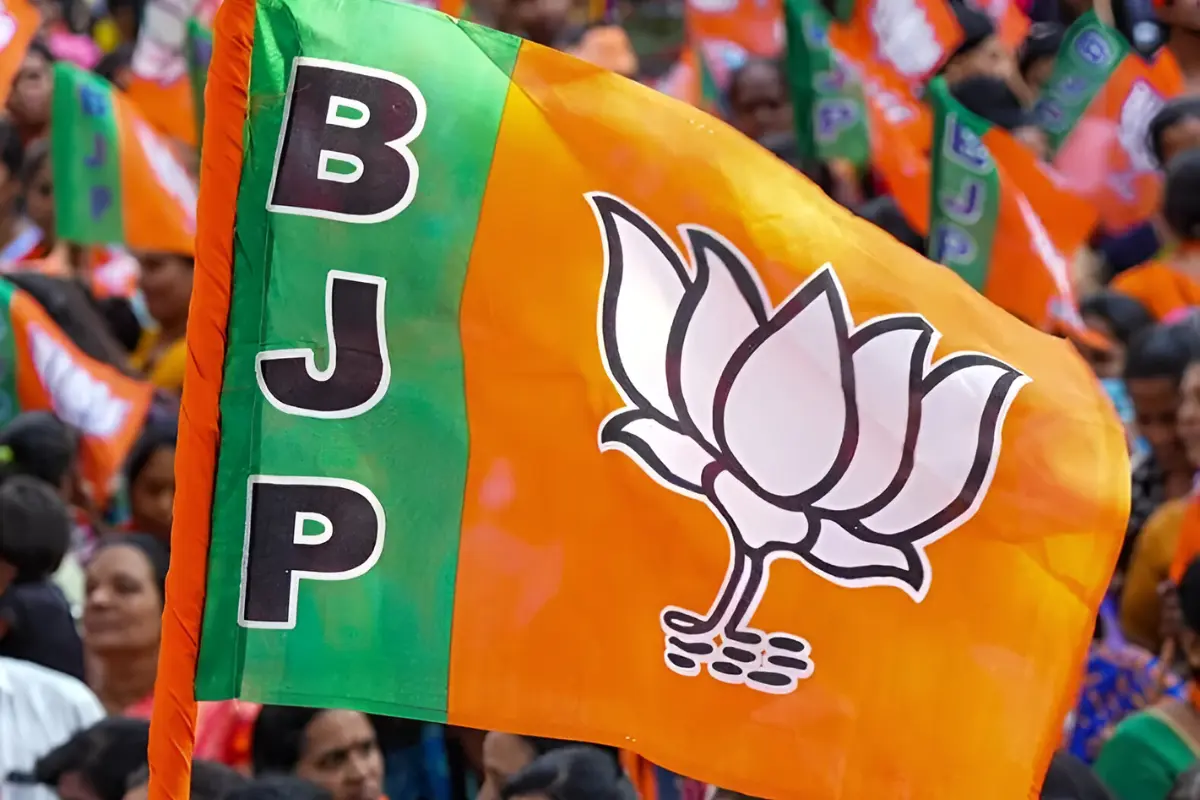
The Bharatiya Janata Party (BJP) has reached the majority threshold of 48 seats in Haryana’s 90-member Assembly, according to the latest data from the Election Commission of India (ECI).
As of 11:00 AM, the BJP is currently leading in 48 constituencies, while the Congress trails behind with 36 seats.
The Indian National Lok Dal (INLD) and the Bahujan Samaj Party (BSP) each secured one seat, with five Independent candidates also gaining traction.
As both parties look towards their respective leadership, BJP’s Nayab Singh Saini and Congress’s Bhupinder Hooda have emerged as the chief ministerial contenders, each leading in their constituencies.
The BJP is striving for a third consecutive term, while the Congress, buoyed by recent exit polls predicting a comeback, is eager to reclaim its position after a decade in opposition.
Despite predictions favoring a Congress victory, the BJP maintains its confidence in winning a third term.
The voter turnout for this election was likely at 67.90%, with Sirsa district recording the highest participation at 75.36%, while Faridabad noted the lowest at 56.49%.
Counting of votes commenced peacefully at 93 counting centers across all 22 districts, with two centers designated for Badshahpur, Gurugram, and Pataudi constituencies, while the remaining 87 each have one center.
Chief Electoral Officer Pankaj Agarwal confirmed that officials deployed 30 companies of Central Armed Police Forces (CAPFs) for security, supported by approximately 12,000 police personnel.
Ellenabad Records Highest Turnout At 80.61%; Badkhal Lowest At 48.27%
Constituency-level turnout revealed that Ellenabad had the highest voting rate at 80.61%, whereas Badkhal had the lowest at 48.27%.
A high-profile campaign led by former Chief Minister Bhupinder Singh Hooda gave the Congress a significant boost, but the BJP, through its campaign efforts, has expressed confidence in forming the government independently without requiring alliances.
In addition to the major parties, the Arvind Kejriwal-led Aam Aadmi Party (AAP), the Jannayak Janata Party (JJP), and the INLD are also contesting, complicating the electoral landscape with numerous Independent candidates, many of whom are former BJP members.
Reflecting on previous elections, the BJP’s vote share in the 2019 Assembly elections was 36.49%, necessitating a post-poll alliance with the JJP to govern.
The Congress has demonstrated a notable increase of over 15% in its vote share compared to the 2019 parliamentary elections, intensifying the competition in this round of state elections.
As the counting continues, the political fate of the candidates and parties remains closely watched across the state.
Also Read: Omar Abdullah Optimistic As NC Leads Early Trends In J&K Assembly Elections
To read more such news, download Bharat Express news apps


















